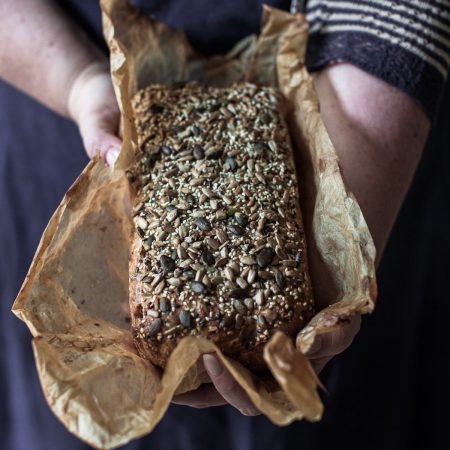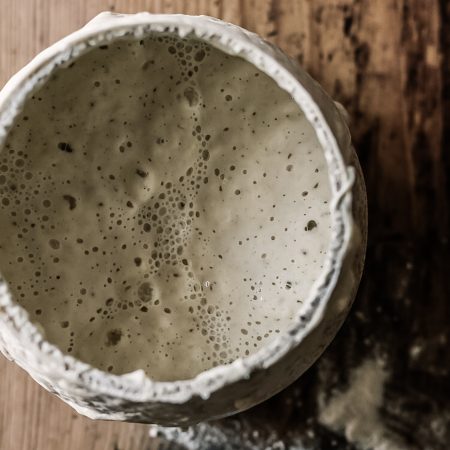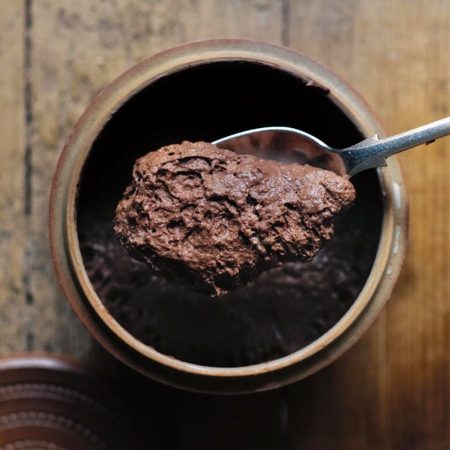Want to know how to refresh a white starter? In this tutorial, we share the basics of the timings, temperatures and the nuances of a basic white roller milled starter. To access to the most comprehensive online sourdough course and our library of video tutorials, sourdough recipes, expert interviews and tips, subscribe now to The Sourdough Club. Learn to make Sourdough and you can order a free starter to get you going. Start your journey today & discover why sourdough is the healthiest bread. Find out more about how sourdough is the healthiest bread, and apply our 7 core principles to your baking to help your digestion & benefit your overall health & wellbeing. There is a world of information inside the club with core knowledge, so you learn to understand sourdough and a have whole community of bakers to support you. It's alive with baking and conversations, with the latest research, tips, regular inspiring recipes and brilliant webinars, an interactive forum, as well as discounts for members. You also get updates with news to be in the know before anyone else about the latest books by Vanessa Kimbell, and courses at the Sourdough School. To join the Sourdough Club click here If you are not able to join at the moment then please subscribe to our Sourdough Club magazine and keep up to date In the meantime, please do follow us on Instagram & Facebook LOVE BAKE NOURISH
How to refresh a white sourdough starter (roller-milled flour)
Learning Objective
This lesson is about learning to refresh the most basic white sourdough starter with roller-milled flour. You will learn how to recognise when your starter is ready and how this impacts your bread.
Learning Outcome
You will be confident in the timings and quantities of refreshing a white roller-milled flour starter and this will be reflected in your bread as it will rise well.
All reasonable care is taken when writing about health aspects of bread, but the information it contains is not intended to take the place of treatment by a qualified medical practitioner. You must seek professional advice if you are in any doubt about any medical condition. Any application of the ideas and information contained on this website is at the reader's sole discretion and risk.



